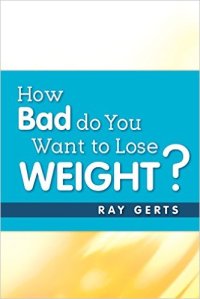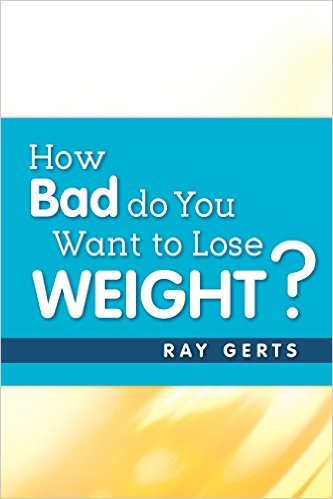We know we have to eat protein and for Americans the protein of choice is meat.
Making healthy protein choices is more about the fats that accompany the proteins and the preparation methods than it is about the actual proteins themselves. Look for protein sources that are lower in saturated fats, a little higher in mono and unsaturated fats, and prepared in healthy ways.
Okay, I'm going to spell it out, when you eat protein you're also getting fats and you prepare any meat, you use cooking oil or lard, so I'm not saying that you should stop eating protein, but the kind of protein you eat and the way you prepare meat can increase your risk for heart trouble. Animal fats will clog the arteries that carry blood throughout the body causing bad circulation and that causes heart trouble.
A fish fillet baked with lemon and almonds is an example of a healthy protein choice. Roasting a chicken breast and topping it with salsa would also be another healthy example. Seafood and poultry have different types of fat that are not harmful to the body.
A porterhouse steak is full of protein and tastes delicious, but it is not as healthy as poultry or fish due to all of the saturated fats usually found in red meat.
For most people, it's a good idea to limit red meat consumption to only a couple of meals each month. Processed meats, like lunch meats, are poor sources of protein too, because the fats and ingredients used to make them have been linked to cancer, and some people also worry about hotdogs and brain tumors.
Of course, fish and chicken may not always be healthy. Fried fish sticks or breaded and fried chicken are not good protein choices because this type of cooking adds unhealthy fats and extra calories.
Meats may be cooked on a grill. This method of cooking can be healthy as long as you take care not to char the meat. Use indirect heat and choose cuts of meat lower in fat to prevent charring.
Other healthy protein sources include legumes, nuts, and seeds.
Vegetables and grains also contain some protein. These plant sources contain polyunsaturated fats, some of which are beneficial to your health. You will learn more about the different types of fats in the next two lessons.
How Much Protein Do You Need?
If you need 2,000 calories per day, then about 300 to 400 calories should come from protein.
One gram of protein has four calories, so that means you would need 100 grams of protein each day. One ounce of protein is about 28 grams, so you need about four ounces of protein each day. One cup of diced chicken breast meat has about 45 grams of protein or just less than two ounces. Three ounces of canned tuna has 20 grams of protein or about two-thirds of an ounce of protein.
So how do you turn this into the right number of portions? One serving of meat is usually about three ounces, or about the size of a deck of cards, and has around 20 grams of protein. One cup of low-fat milk has about eight grams of protein. Twelve almonds have about three grams of protein.
Vegetarians and Incomplete Proteins
Complete proteins contain all of the essential amino acids, and incomplete proteins are missing one or more of the individual essential amino acids. Proteins from animal origin contain all of the essential amino acids, but proteins from plant sources do not. This means that a diet based on plant protein requires the right combinations of protein sources to get enough of all of the essential amino acids.
People who regularly eat meat, dairy and eggs don't need to be concerned with combining proteins since meat, eggs, fish, poultry and dairy products all contain complete proteins. Vegetarians and vegans may choose complementary proteins to get all the essential amino acids.
For example, grains are very low in the essential amino acid lysine, but legumes contain large amounts of lysine, so grains and legumes are considered complementary. When you eat both grains and legumes during the day, you will consume the lysine you need.
Here are some combinations of complementary plant proteins. They don't need to be combined at every meal as long as you get enough of the various proteins each day:
Grains plus legumes. Try black beans and rice.
Nuts and seeds plus legumes. Lentil soup with a serving of almonds on the side.
Corn plus legumes. Try pinto beans in a corn tortilla.
There are lots of possible combinations.
Nuts and seeds plus legumes. Lentil soup with a serving of almonds on the side.
Corn plus legumes. Try pinto beans in a corn tortilla.
There are lots of possible combinations.
Try whole grain pasta tossed with peas, almonds, and Low-Fat Vegan Alfredo Sauce.
Whole wheat toast with peanut butter will give you a complete protein.
Bean soup with whole grain crackers.
Corn tortillas with refried beans and rice.
A vegetarian or vegan diet that includes legumes, whole grains, nuts, and seeds will supply all of the essential amino acids. Soy protein is a complete protein, and eating soy will provide you with all of the essential amino acids.
Whole wheat toast with peanut butter will give you a complete protein.
Bean soup with whole grain crackers.
Corn tortillas with refried beans and rice.
A vegetarian or vegan diet that includes legumes, whole grains, nuts, and seeds will supply all of the essential amino acids. Soy protein is a complete protein, and eating soy will provide you with all of the essential amino acids.
Losing body fat should be your goal. Read up on weight loss and losing body fat. It doesn’t cost money to lose weight. The internet is full of free information. But the quickest way and cheapest way is to buy an ebook online and get everything you need in one short read. I have two ebooks on Amazon:
How Bad Do You Want To Lose Weight
Getting To A Healthy Weight
Check out one of them, I think you can find all the info you need and plenty of tips on how I lost my body fat.
Look for my e-books at the websites listed below. You'll get information on Healthy eating, exercise, and diet. Instead of spending hours on the internet reading dozens of posts, you can save time by picking up one of my e-books.
Go to any of the websites below and search the title to find these e-books. These books give you all you need to lose weight without spending money on gym memberships, diet plans or meal plans. Look for my books at Amazon.com, B&N.com, iBooks, Kobo.com, Scribd.com, or Gardner Books in the U.K.
My new e-book is available on Smashwords.com, just type “getting to a Healthy Weight” in the search box at the top of the home page.





